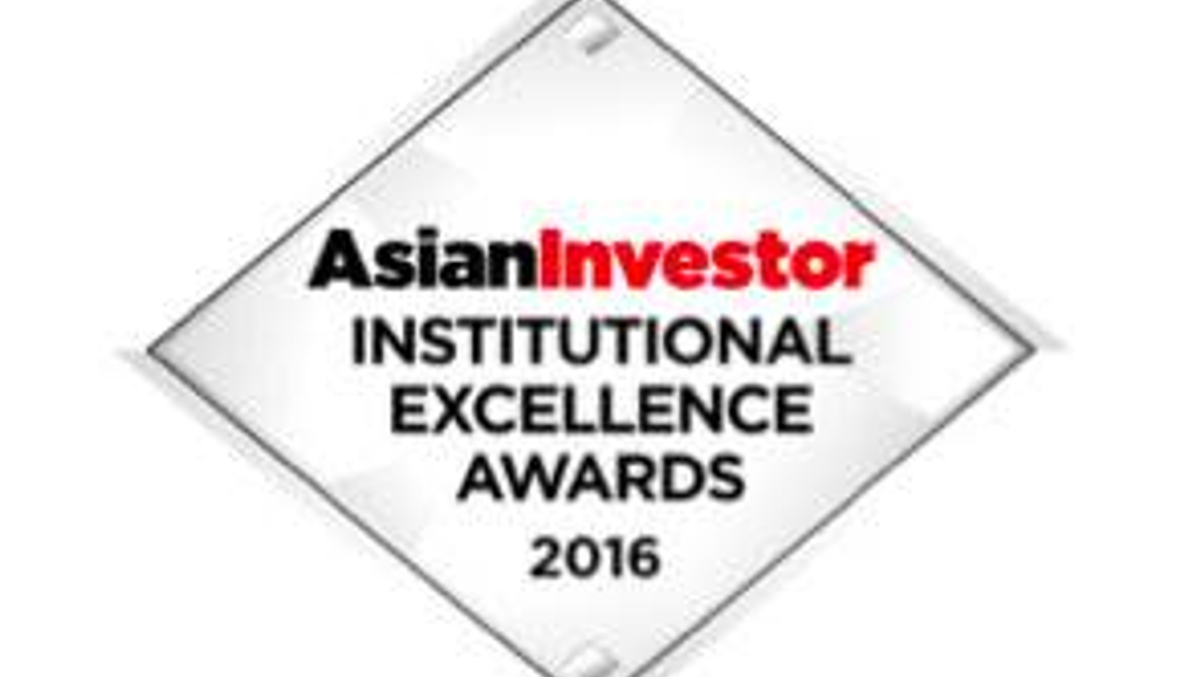award
Institutional award winners: Future Fund and AIA
Over the coming days AsianInvestor will explain the choices in our Institutional Excellence Awards. First up: our sovereign wealth fund and insurance firm of the year.

The past two years have amply demonstrated why the world’s most successful asset owners combine process discipline with hard work, talented personnel and a willingness to embrace new opportunities.
Sign In to Your Account
Access Exclusive AsianInvestor Content!
Please sign in to your subscription to unlock full access to our premium AI resources.
Free Registration & 7-Day Trial
Register now to enjoy a 7-day free trial—no registration fees required. Click the link to get started.
Note: This free trial is a one-time offer.
¬ Haymarket Media Limited. All rights reserved.


